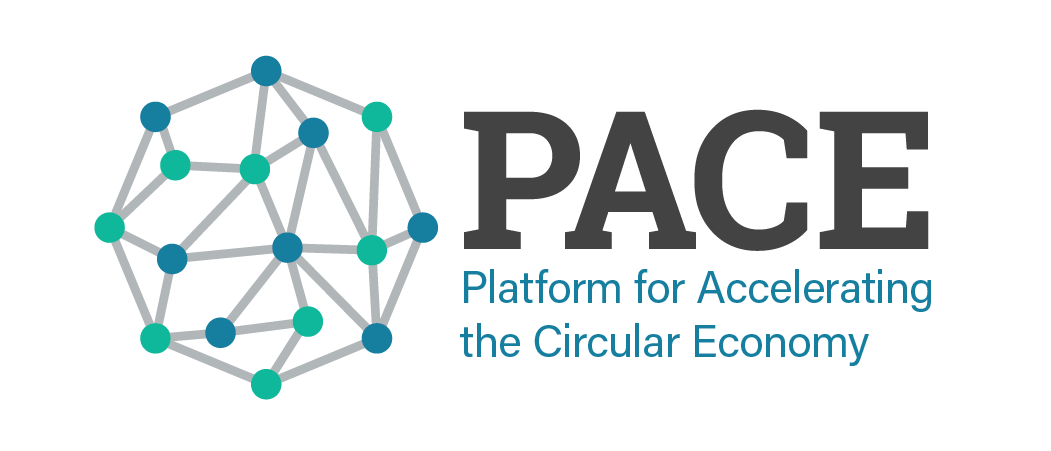Canadian Circular Economy Summit first-day digest
Article subtitle
Following day one of the first Canadian Circular Economy Summit, co-hosted by the Circular Innovation Council and Circular Economy Leadership Canada (CELC), we summarize the key findings from the sessions attended by our Executive Director, Ramona Liberoff.
Following day one of the first Canadian Circular Economy Summit, co-hosted by the Circular Innovation Council and Circular Economy Leadership Canada (CELC), we summarize the key findings from the sessions attended by our Executive Director, Ramona Liberoff.
Sessions attended
-
Laying the Foundation: Definitions, Standards & Data Transparency for a Circular Economy
-
Scaling Innovation: Community-based & Living Lab Model Best Practices
-
Public Procurement: The Secret Weapon to a Low Carbon, Circular Economy
-
Ingredients for Success: Canada's Circular Economy Enablers
Roundtable
-
Open Space Marketplace: Empowering Deeper Circularity Connections
Main summary
The overall takeaway from the first day of the summit was that circularity is the forgotten ingredient in many key leverage areas impacting procurement, city planning, resource management, B2B and Government-to-Government collaboration, Net Zero targets, and issues specific to Canada. A general consensus echoed across the day’s events highlighted the important role circularity should play during the planning phase of many projects, whether they be manufacturing new products, procuring new professional services, city construction, or funding structures for corporates.
Circularity as part of the solution must continue to be the dominant narrative when promoting the circular economy. In Canada, circularity is one-half of the nation’s economic vision paired with net zero. As understood in Canada, green procurement is the solution to realizing a fully circular and net zero economy by 2050 [see: Greening Government Strategy].
The key findings from day one include:
Procurement
C$30 billion have been allocated in Canada to the procurement of professional services that contribute to the country’s commitments to net zero and climate change mitigation. Circular economy initiatives should be incorporated into the mixture of procurement strategies to diversify market competition, promote innovation, and reward public-sector investments that have in-built circularity.
Public procurement is a powerful lever in bringing about systemic circularity. It has a significant impact on new market creation which is a positive economic driver and can promote quick adaptation by encouraging competition. The relationship between procurement and circularity, therefore, has widespread implications for the public and private sectors. Circularity also has a strong relationship to low carbon procurement and when integrated effectively into the procurement strategy can help ensure ambitious targets are met.
In Toronto, for example, there are, on average, over 200 cranes at any given time. This busy activity has powerful implications for the potential opportunities circularity can have when integrated into procurement practices in cities.
Collaboration
There was a feeling that governments are not fixing the climate issue for companies leaving room for alliance networks between key corporates to be fostered. B2B collaboration is key and there is a lot of action being driven by the corporate agenda. Despite the healthy activity between corporates, sector leaders are making a clear call for better support across all levels of governance. The support offered at the federal, state, and local levels will be nuanced and particular, but it must be connected to an overall policy strategy to optimize the distribution of action.
Companies connecting across value chains have an important role to play as well by setting the standard for cross-pollination and collaboration throughout commercial networks.
Conclusion
With this in mind, key learning emphasizes the importance of connecting ambitious targets across value chains and sectors in order to realize change. Through meaningful collaboration supported by decisive government leadership, targets can be met by collective activity. Because economies are integrated, partnership funds can be a practical and fair way of channeling financial support across stakeholders minimizing the responsibility of any one company. By evenly distributing resources in a coordinated way, collaboration can be embedded into circular implementation frameworks by nature. Where competition to secure procurement contracts can introduce essential innovations to activity streams, partnership funds can help alleviate the pressure placed on individual players thereby enabling action to happen at scale through collective efforts.




